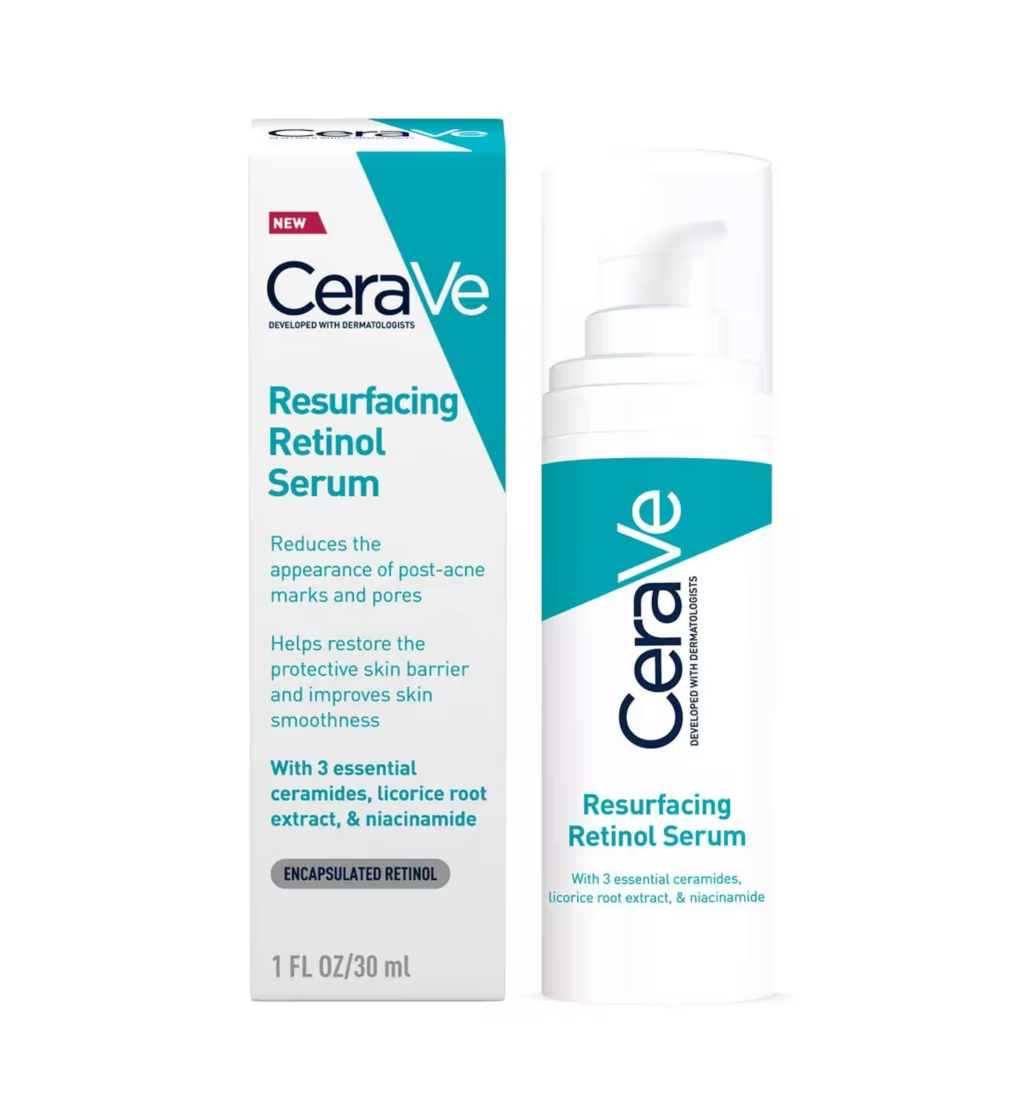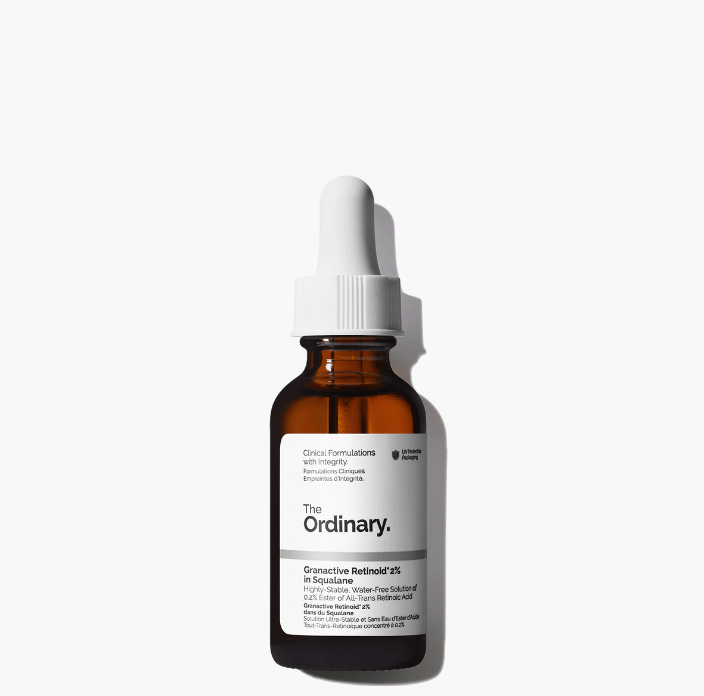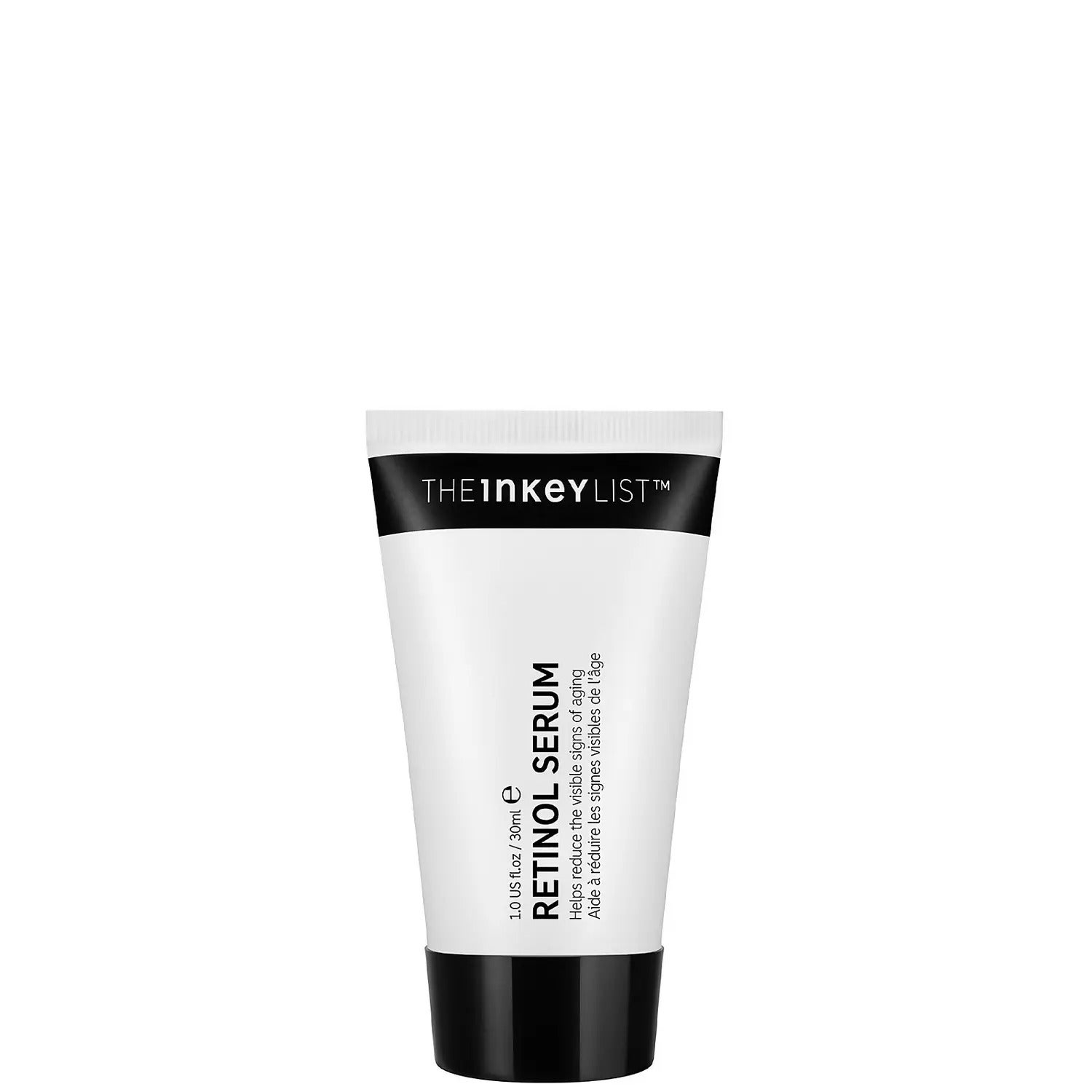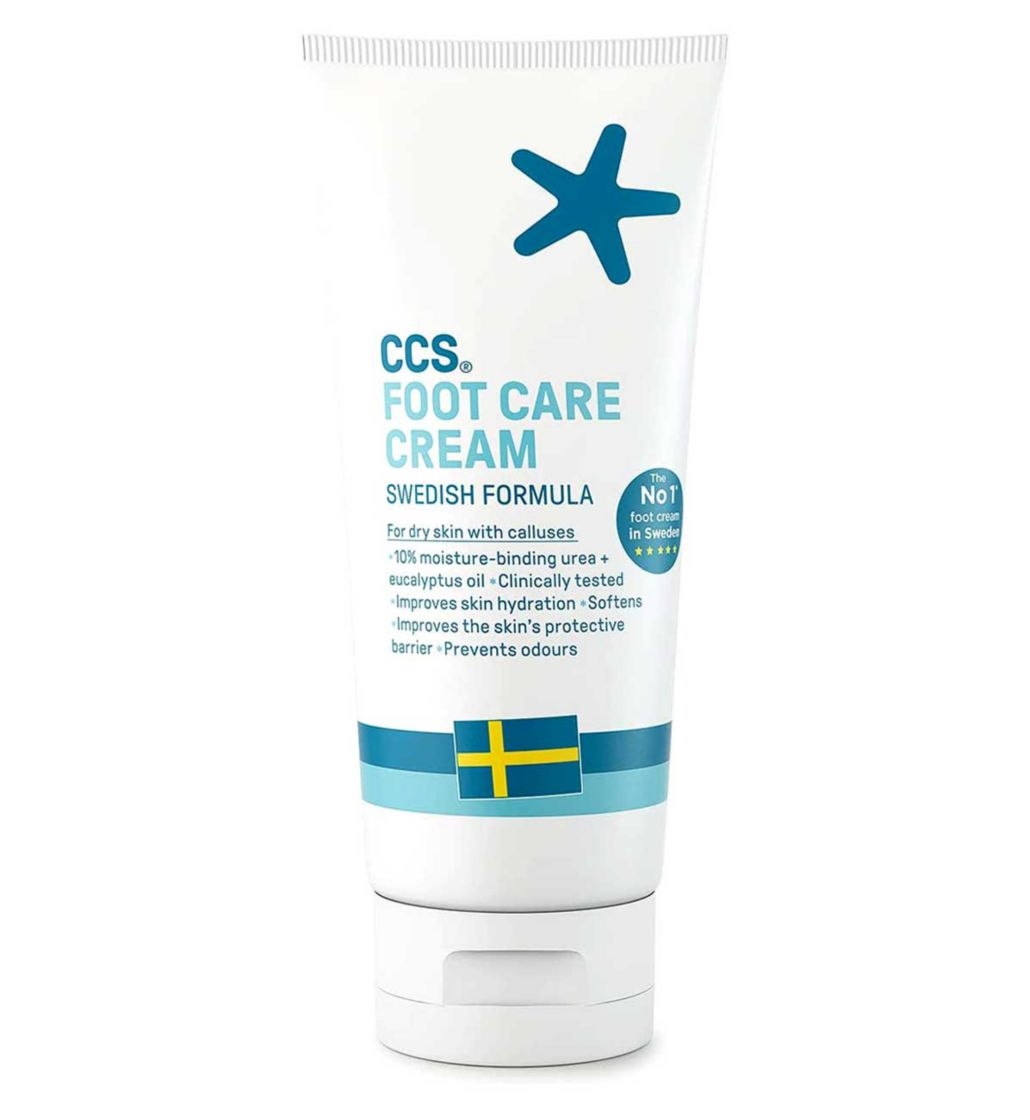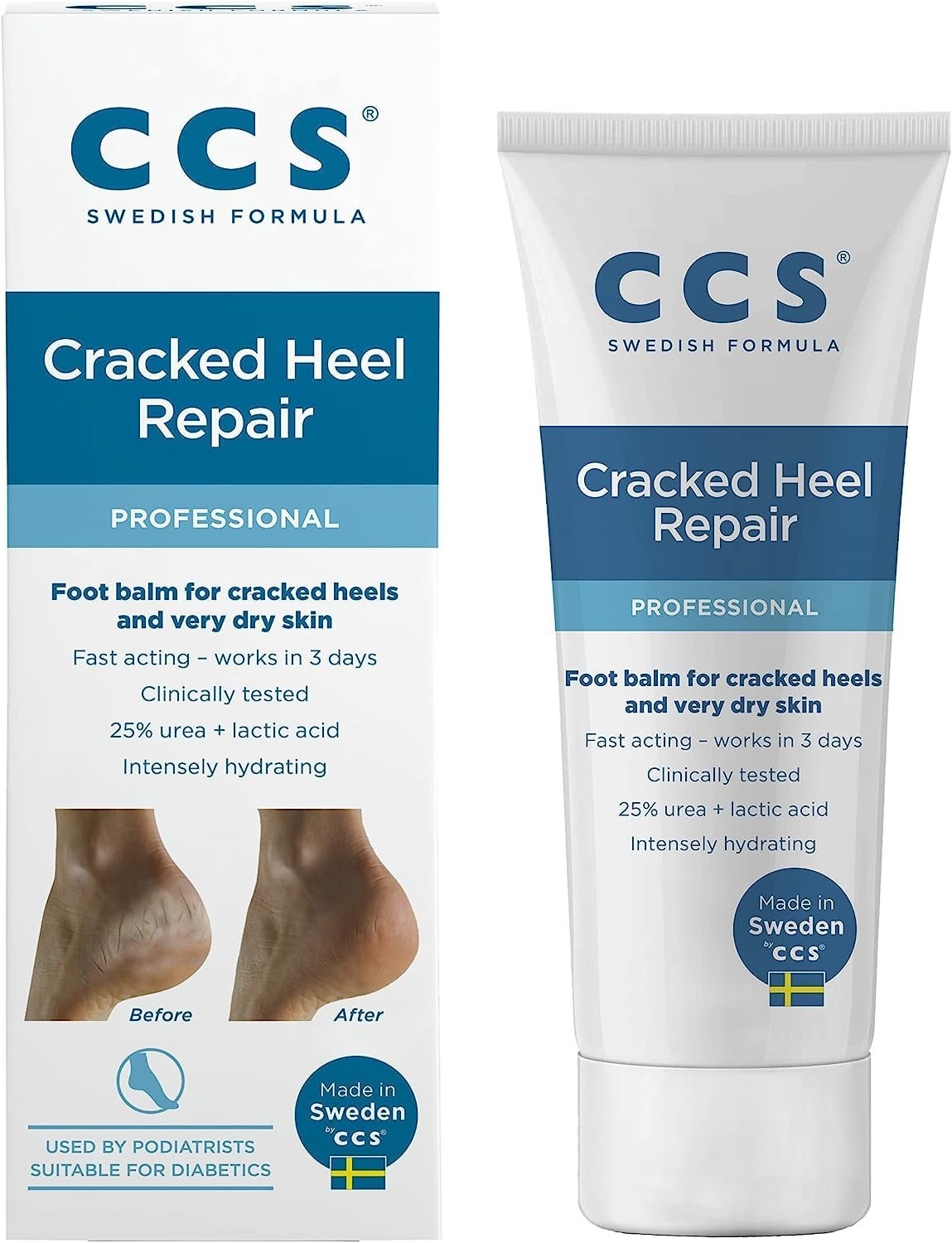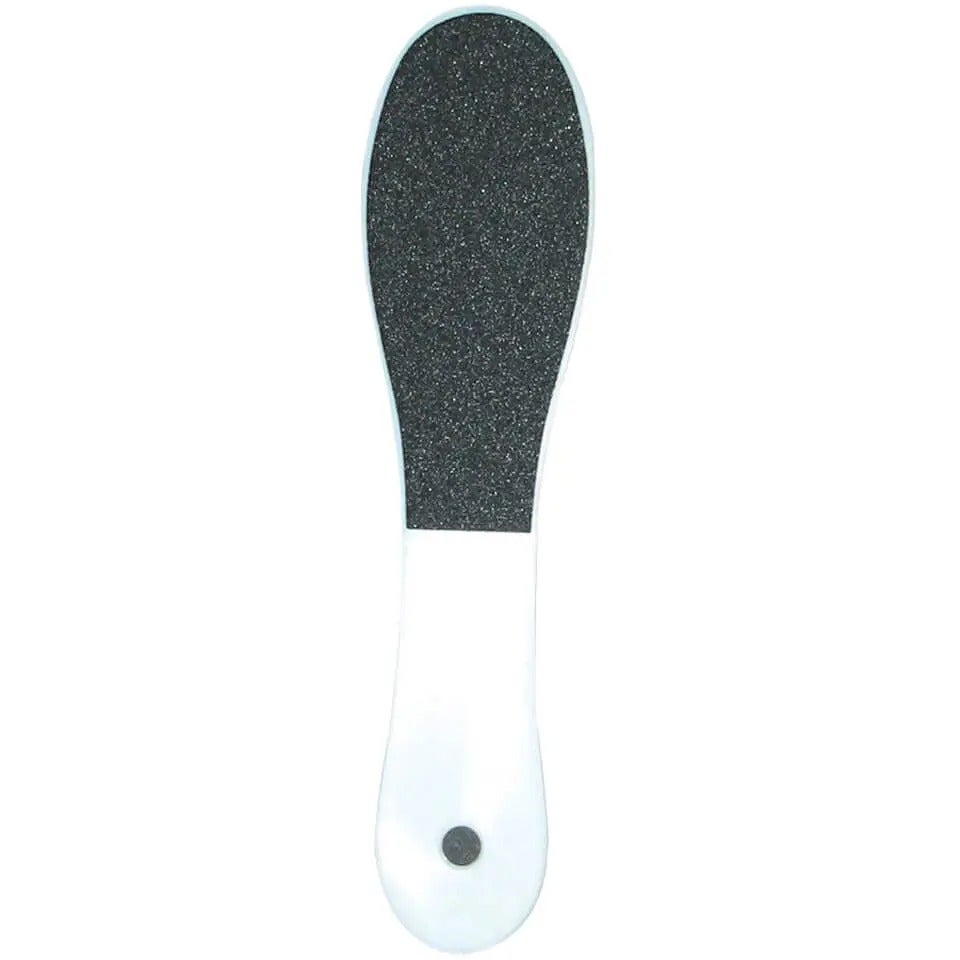This Retinol Trick Is What My Dry, Rough Feet Needed For Summer
Photo Courtesy of Jacqueline Kilikita.
Welcome to Beauty In A Tik, where each week we put TikTok's viral beauty hacks and innovative trends to the test.
One of the smartest snippets of skincare advice I've ever received came courtesy of a former beauty editor boss: anything can be a foot cream if you believe in it enough.
She was convinced that serums and moisturisers could be repurposed as a treatment for dry, cracked feet if you deemed them not quite right for your face. Indeed, many popular ingredients in body care mirror those found in facial skincare (think: moisturising ceramides and hydrating hyaluronic acid). Now, whenever I use a face product that doesn't quite sway me or is much too strong for my reactive skin, I think about how I can slot it into my body care routine, rather than throw it away and add to the beauty industry's mounting waste.
AdvertisementADVERTISEMENT
It seems my former boss and I aren’t the only savvy beauty enthusiasts to repurpose facial skincare for our feet. Last summer, The Ordinary Glycolic Acid 7% Toning Solution, £11.50, found viral fame when TikTokers discovered that it works wonders to exfoliate hard, flaky skin on the bottom of their feet, yielding smooth, soft results. This time around, there's another class of skincare ingredient getting the job done: retinoids, the group name for vitamin A-based products including retinol and higher strength retinal.
TikTokers including Kena and Jordan Alexis are reporting "super soft" skin and a reduction in "dry" and "dark spots" after using retinoids on their feet. But is there method to it? Well, it pays to know exactly how the skincare ingredient works first. "Retinoids are derived from vitamin A," Dr Tara Francis, advanced aesthetician and founder of Enhance by Tara, told me. Retinol in particular is popular for treating many different conditions, including acne, post-inflammatory pigmentation and fine lines. Retinol increases cellular turnover, essentially encouraging newer skin cells. "Retinol also boosts collagen production," said Dr Francis, referring to the structural protein responsible for making skin supple. "It also reduces the appearance of texture on the skin."
@missskena Replying to @brendamorales472 Follow for part 2 : The routine! It took me about 2-3 months for the dark spots to completely go away! Be consistent and be patient !! It’s going to work !!! #darkspots#feetcare#skincare ♬ Run this up - ifeenforblackwomen_
For all its positives, retinol has a handful of downsides. Depending on the strength of the ingredient, it can be irritating, especially when used incorrectly. Whether you're a seasoned retinol user or have only dabbled, it's likely you've experienced sore, red and flaky skin. If you're acne-prone, retinol is also known to increase breakouts before it reduces them in a process known as "purging" as your skin slowly adjusts. The good news is that the skin on our feet tends to be much hardier than the skin on our face, so it's no wonder TikTokers are slathering their retinol products here instead.
AdvertisementADVERTISEMENT
I like to think I beat them to it, though. I'm lucky enough to be gifted various skincare products to do my job, among them CeraVe Resurfacing Retinol Serum, £21. Plenty of R29 staffers rate this CeraVe serum but it wasn't quite right for my skin type. Rather than shove it to the back of my bathroom cabinet, I decided to heed my former boss' advice and use the remainder on my feet. To my surprise, it worked better than any unctuous, smelly foot cream I've tried in the past. So well, in fact, that following twice-weekly use, I found I could skip moisturising my heels every day. This, I believe, is down to the effects of skin-smoothing retinol, plus the addition of moisturising ceramides and hydrating niacinamide — the perfect trifecta for long-suffering feet like mine.
"Using retinol on the feet does have its benefits," Dr Francis confirmed. "Topical retinoid creams can help soften and reduce the appearance of calluses on the feet, particularly due to their exfoliating properties. They can also smooth your skin and improve the overall texture." Sure enough, regularly using retinol on my feet has done away with the loose pieces of skin exacerbated by my chunky winter boots and filled out the majority of my deep lines, which were white from dehydration. I've discovered that an additional glug of cuticle oil (though any oil will do) seals everything in and, if you really want to treat your feet, give them a quick once-over with a gentle foot file before applying any lotions or oils (I rate the Jessica Pedicure Foot File, £3.70).
AdvertisementADVERTISEMENT
@refinery29 A smart way to use retinols that are too strong for your face! #retinol #beautyinatik #calluses ♬ Chillest in the Room
If you want even better results (and you can stand it in this heat), adding socks into the equation maximises the benefits. "Wearing socks immediately after applying foot cream can effectively lock in moisture and enhance the absorption of the beneficial ingredients," said Dr Francis. "Additionally, socks act as an extra layer of protection, minimising the risk of irritation and providing added comfort for your feet."
Before
After
You don't have to spend a fortune. The Ordinary Granactive Retinoid 2% in Squalane, £10.70, boasts a retinoid in a silky squalane base, so you can skip the oil step. I also love The Inkey List Retinol Serum, £12.99. There are retinol products specifically formulated for your body, too, such as Paula's Choice Retinol Body Treatment, £33, and Versed Press Restart Retinol Body Lotion, £16.50. If you'd rather stick to a dedicated foot cream, look for highly moisturising ingredients such as urea and ceramides. London-based podiatrist Dina Gohil once recommended CCS Foot Care Cream for Dry and Callused Feet, £8.49, as it includes 10% urea. CCS Cracked Heel Repair Balm, £6.22, is also brilliant: it features 25% urea as well as exfoliating lactic acid.
AdvertisementADVERTISEMENT
While this trick worked a treat for me, it's important to know that most creams, serums and oils are only likely to work on a superficial level. If you aren't seeing an improvement in the dry skin on your feet, or the cracks are very deep, it might be time to book in with a podiatrist for a better solution.
At Refinery29, we’re here to help you navigate this overwhelming world of stuff. All of our market picks are independently selected and curated by the editorial team. All product details reflect the price and availability at the time of publication. If you buy or click on something we link to on our site, Refinery29 may earn commission.
AdvertisementADVERTISEMENT








